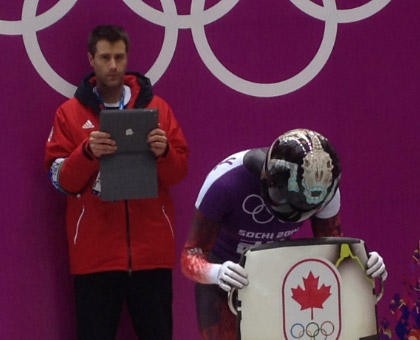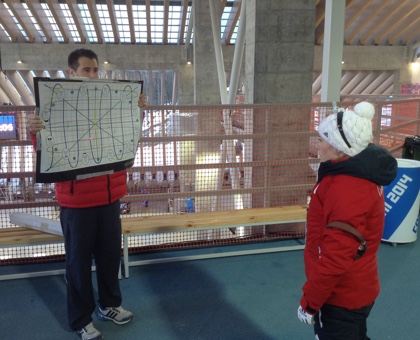Treatment Techniques
Tyson believes in using a multi-facet approach in his treatment plan. He places an emphasis on trying to achieve optimal movement patterns and muscle activation based on the patient and their individual demands.
During treatment, Tyson tries to address and influence the muscles, joints, fascia, and most importantly the nervous system. With all patients, Tyson not only addresses the site of injury and pain, but he looks for the cause of the pain and dysfunction.
- Intramuscular Stimulation (IMS)
- Fascial Release
- Acupuncture
- Instrument Assisted Soft Tissue Mobilization (IASTM)
- Joint Mobilizations and Manipulations
- Exercise Prescription and Exercises
Intramuscular Stimulation (IMS)
IMS is a needling technique that helps to reduce adverse tone in tight muscle bands or trigger points that contribute to pain and dysfunction. IMS involves an acupuncture needle inserted into the tight muscle band, where a stretch receptor in the muscle is stimulated, producing a reflex relaxation (lengthening). The needle also causes a micro-trauma, initiating the natural healing process as blood is drawn into the area.
Fascial Release
Fascia is an uninterrupted three-dimensional web of dense connective tissue over muscles. This connection of tissues through this tissue system allows for forces to influence tissues throughout the body during movement. Tyson uses a number of different techniques to affect the fascial system including Tissue Distraction Release with Movement (cupping), Fascial Abrasion Technique Tool (FAT Tool), and manual release to the fascial system.
Acupuncture
Acupuncture involves inserting a solid acupuncture needle into specific points on the body to achieve a therapeutic effect. Acupuncture is used to encourage natural healing, improve mood and energy, reduce swelling, reduce or relieve pain, and improve function of affected areas of the body. Electroacupuncture may be used to further stimulate the acupuncture point or stimulate a muscle.
Instrument Assisted Soft Tissue Mobilization (IASTM)
IASTM is the use of instruments to allow the therapist to pinpoint and treat increased muscular tension and break down scar tissue and adhesions, which can often result in pain and dysfunction. Tyson has a number of different IASTM methods/tools to create a change to the tissue being treated.
Joint Mobilizations and Manipulations
Tyson uses joint manipulations and mobilizations to affect the movement of the joints of the spine and extremities. Mobilizations and manipulations can also affect the nerve tissue or facilitate the muscle activation of muscles, and tone of muscles.
Exercise Prescription and Exercises
Tyson takes an active approach to rehabilitation with his patients by assigning the right exercises at the right time in the rehabilitation process. He believes in the importance of proper muscle activation and movement patterns to maintain the gains achieved with treatment, and to reeducate the brain's motor control center. To increase the chance of success and compliance, Tyson emails each patient videos of themselves completing the exercises prescribed using an app called Phydeo (www.phydeo.com).-

Services
Acute Injury Management and Treatment, Movement Screening & Functional Assessments, Performance Enhancement Therapy & Injury Prevention, NeuroKinetic Therapy (NKT)...
Read more -

Treatment Techniques
Intramuscular Stimulation (IMS), Fascial Release, Acupuncture, Instrument Assisted Soft Tissue Mobilization (IASTM) & Joint Mobilizations & Manipulations, Exercise Prescription & Exercises
Read more


